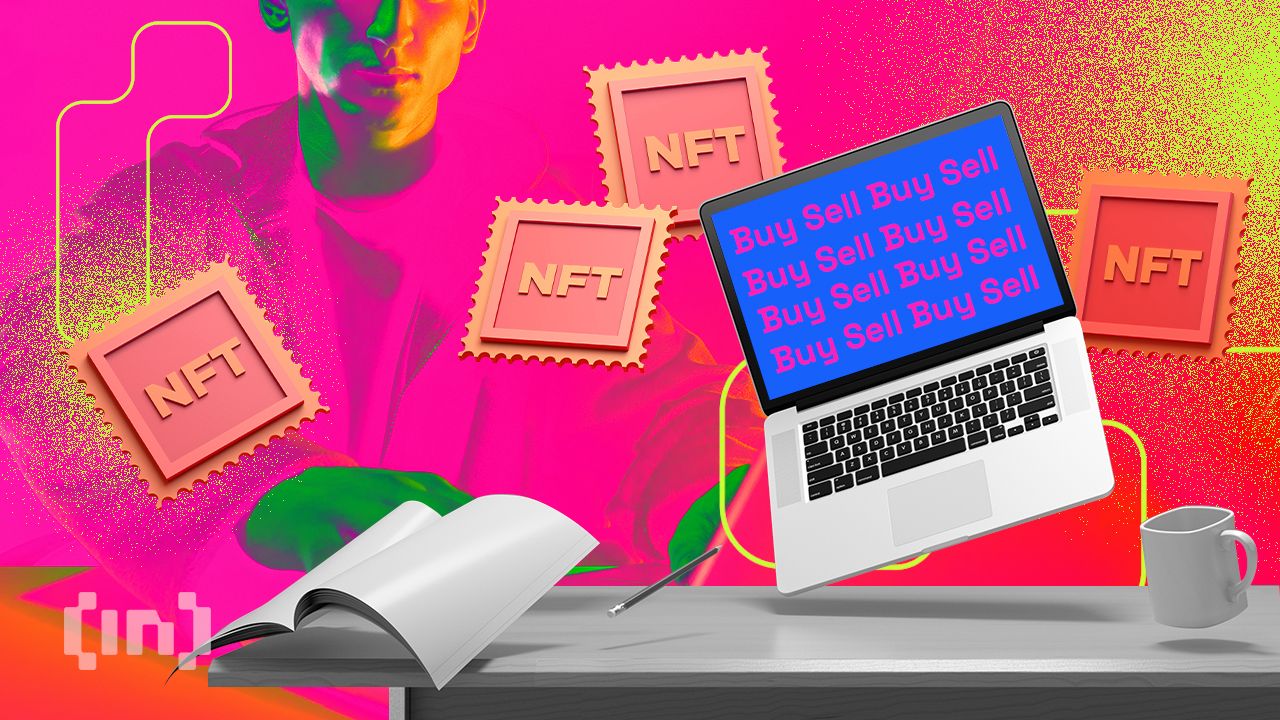Is Blockchain the future of hotel loyalty?

The guest evolves, and so must their digital customer journey. New technologies, such as blockchain, may hold the answer to unlocking true 1:1 communication with customers, allowing hotels to offer personalized offers that convert and drive both revenue and profitability.
But before we consider what is to come, we need to look at where the hotel business is today. There has been this huge recovery period after COVID and hotel companies have been planning and coming up with recovery strategies. Some have been very successful, others less so.
3 challenges from 2022
This was the status at the end of 2022:
1. Corporate has not fully returned
Business activity has not returned to the level it was at in 2019. And it is widely agreed that between 20-25% of 2019 business activity will never return. This is because large companies have new travel rules. There has been a huge cut in travel budgets, with global firms cutting corporate travel by as much as 35% – spurred on by both sustainability and rising costs. Hotels must find new business to replace this.
2. Leisure time has increased significantly
We’ve seen a lot of pent-up demand as people haven’t been able to travel for a couple of years. Leisure has returned. It’s great because it has covered some of the loss from businesses – but I emphasize “some” – this is not a like-for-like exchange.
And there are reservations with the return of free time:
- The ordering behavior of these customers is different; they stay in different properties longer but book closer to the date of stay.
- There was a lot of pent-up demand, which will start to normalize. Summer 2022 saw leisure around 30% above 2019 levels, but by December 2022 it had flattened to just 1–2% above 2019.
3. Meetings and events remain reduced
This greatly affects larger hotel companies, where up to 35% of their total business can be meetings and events. This sector has reduced by around 30%.
The summer headlines may have been very positive, but when you look at the real numbers, 2022 closed approx. 20% behind 2019. Add that operating costs are high, and so are room rates, this presents challenges for 2023. But as with any challenge, there are solutions.
3 solutions for 2023
In 2023, what you know about your customer will be what helps you gain market share. It’s about the way you collect and manage that data. And of course technology drives the collection of this data.
1. Retention rather than acquisition
The first customers who returned after the pandemic were loyal customers. The value of your membership has increased. Hotels are now realizing that their loyalty programs drive demand without expensive acquisition costs, be it PPC, PPA, OTA commission or other third party costs. Loyalty members spend more money on properties and they stay longer, so focusing your marketing efforts on this segment is a big advantage.
2. Optimization of conversion rate
The conversion rate for direct digital business for hotels is very low at 3.5%. Hotels pay a lot of money to attract people to their own channels, and then they do a very poor job of converting them. In comparison, the average conversion rate of an OTA is 6-10%. Hoteliers must spend more on conversion optimization (CRO) than on acquisition costs. The incremental gain of pushing a conversion rate up, even by just 1%, can be huge for a hotel business. And it’s direct income, without commission.
Here are two quick wins to this digital optimization: make your website mobile-friendly and make your email mobile-friendly. The customer wants to be able to order on their mobile device; don’t make it a barrier to conversion.
3. Digital travel optimization
If you have an app, loyal customers will often order through the app, but only if it’s a seamless experience. Your app should give you the opportunity to push tailored offers to your members. These are actually closed prices that the OTAs and competitor shopping tools cannot pick up. Make the most of this and build attractive offers tailored to your loyalty program members.
The future of loyalty
Current hotel loyalty programs are built on “earn and burn”. But today’s travelers, especially Millennials and Gen Z, don’t care about earning points because they don’t use them. This is not an incentive to rebook. As such, we need to restart how we build loyalty programs.
Data and more specifically blockchain can help us with that.
By adding customer databases to the blockchain, which then anonymises the data, a 1:1 relationship with the customer becomes possible.
Customers have an average of 14-16 preferred brands, across retail, travel, banking, technology, etc… Using blockchain, the customer has one digital profile. They choose which brands to share it with, but the brand only sees what’s relevant to them.
Marketing becomes personal. The offer is tailored to the one customer, through a 1:1 ratio. You are no longer trying to find a product that suits, say, the average 20-30 year old European traveller.
In addition, your customer is more qualified, and because the consumer trusts that their data is safe, your brand becomes even more trustworthy. The whole relationship is strengthened.
We are on the way to a real paradigm shift in digital marketing, as we approach 1:1 marketing. And at the same time, we give the customer back control over their own data.
This is happening in many industries right now. The danger is that the hotel industry will once again be late to the party.
We need to work together to build a system that can benefit all hotels in the world by driving incremental business into their own digital platforms through the blockchain.
eClerx Digital helps clients maximize the results of their digital activities across the customer journey. For more information, visit:
























